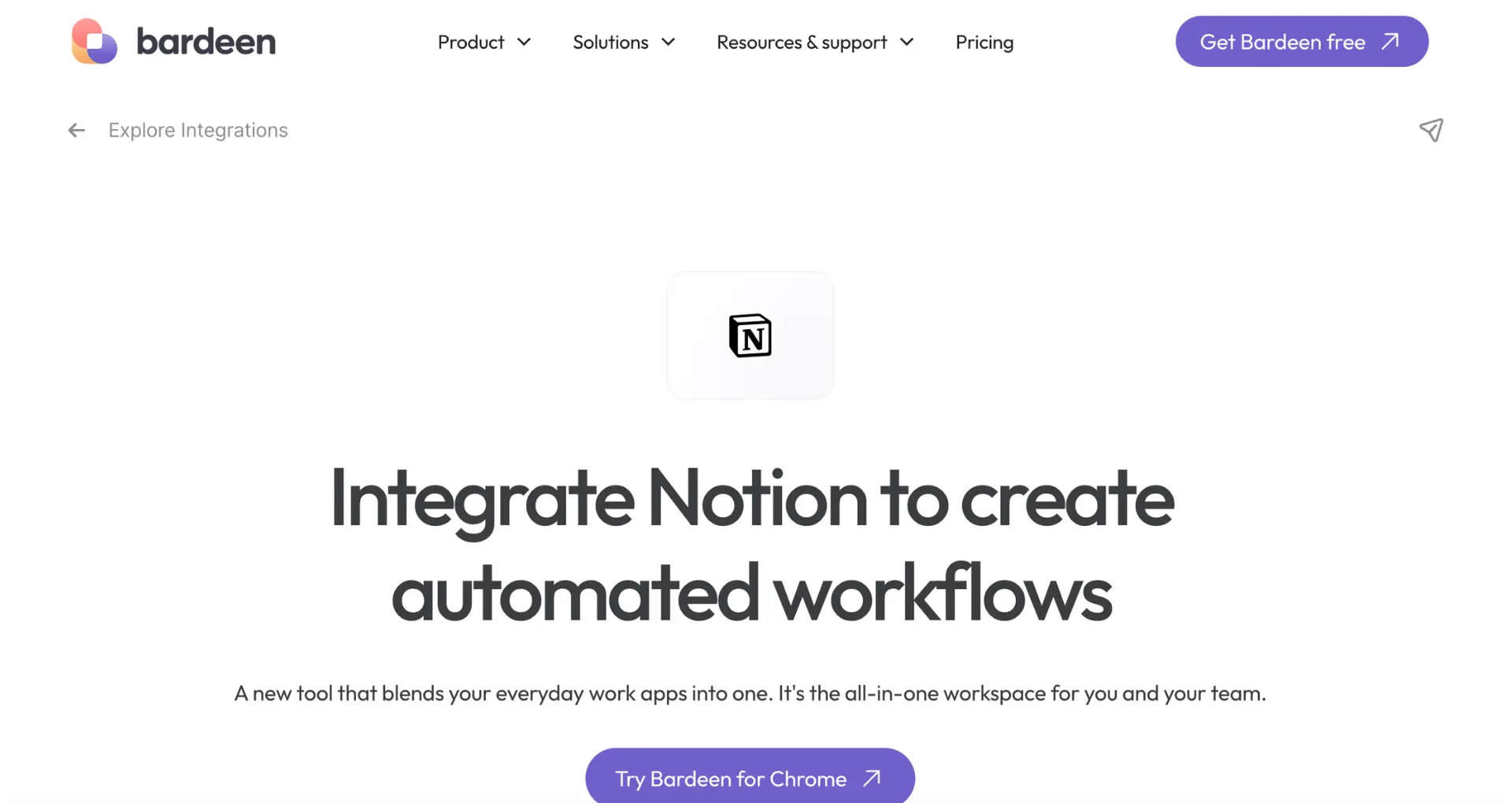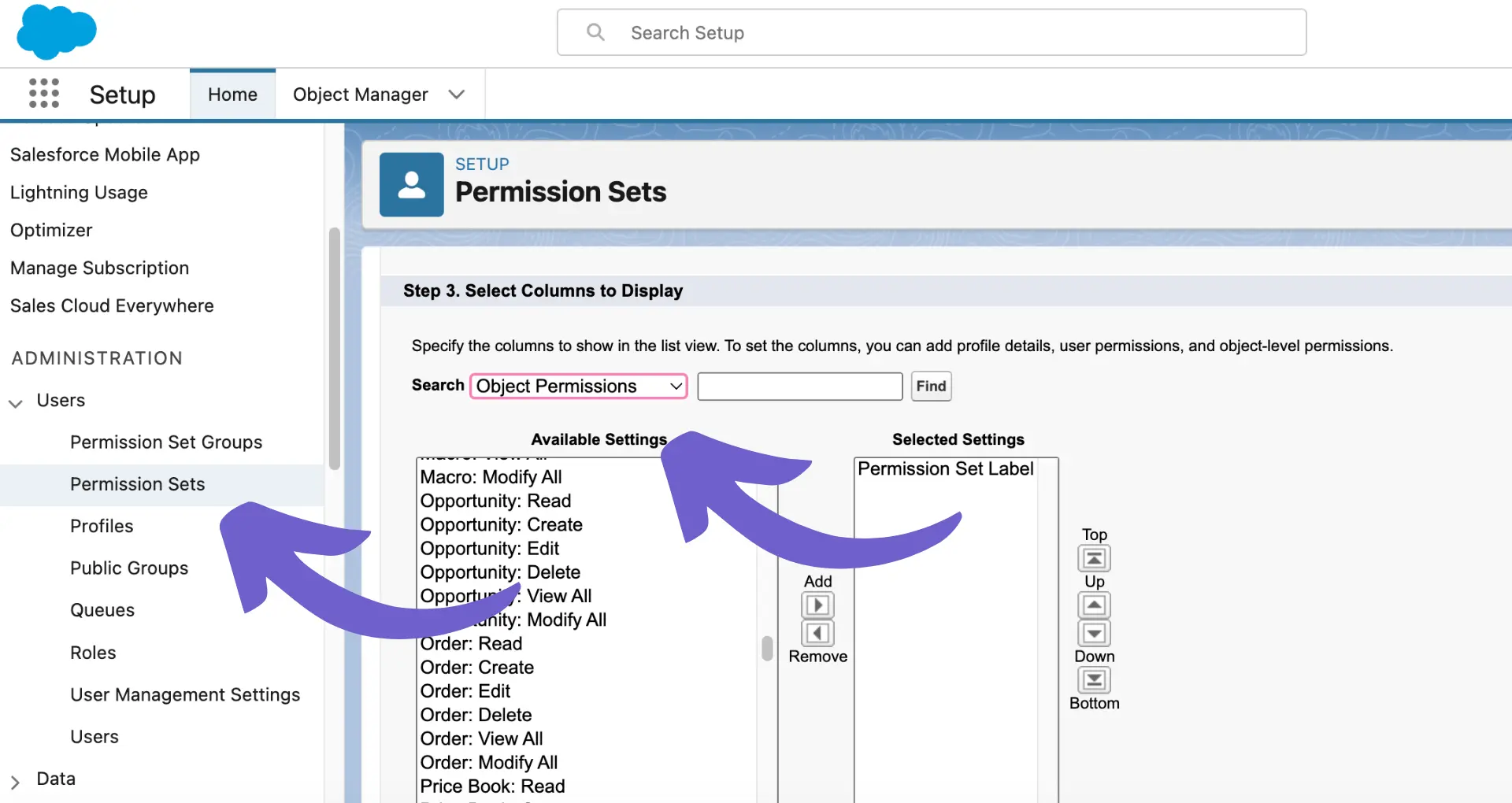Salesforce reports are a powerful tool for analyzing your organization's data, but sometimes you need to go beyond the standard metrics. Row-level formulas in Salesforce reports allow you to perform calculations on individual records, giving you deeper insights into your data. In this step-by-step guide, we'll show you how to add row-level formulas to your Salesforce reports, from understanding the basics to implementing them in your own reports.
Understanding Row-Level Formulas in Salesforce Reports
Row-level formulas in Salesforce reports are a game-changer for data analysis. They allow you to perform calculations on individual records within a report, giving you granular insights into your data. With row-level formulas, you can:
- Evaluate each record independently
- Perform complex calculations based on specific field values
- Gain deeper insights into your data
The types of calculations possible with row-level formulas are vast. You can perform mathematical operations, calculate date differences, and even create conditional outputs. For example, you can:
- Calculate the number of days between two dates using fields like
CLOSE_DATE and CREATED_DATE - Perform mathematical calculations like adding, subtracting, multiplying, or dividing field values
- Create conditional outputs based on specific criteria, such as displaying "High Priority" for cases with a certain priority level
By leveraging row-level formulas, you can take your Salesforce reports to the next level and uncover valuable insights that might otherwise go unnoticed. For even more advanced data handling, consider how you can connect Microsoft Excel to further enhance your reporting capabilities.
Implementing Row-Level Formulas: A Practical Walkthrough
Adding a row-level formula to your Salesforce report is a straightforward process. Follow these steps to get started:
- Access the report builder by clicking on the "Reports" tab in Salesforce and selecting "New Report"
- Choose the report type that contains the fields you want to use in your formula
- Click on the "Columns" tab in the report builder
- Click on the "Add Formula" button to create a new row-level formula
When creating your formula, keep in mind:
- Salesforce uses a specific syntax for formulas, so familiarize yourself with the available functions and operators
- Use the API names of fields in your formula, not their display names
- If you're working with dates, use the
DATEVALUE() function to convert them into a usable format
Once you've created your formula, validate it to ensure there are no errors. If everything looks good, click "Apply" to add the formula to your report. Your new row-level formula will now appear as a column in your report, providing you with valuable insights into your data. For more advanced functions, you might consider adding GPT to Google Sheets to streamline your data analysis.
For seamless integration and to make the most out of your data in Google Sheets, consider using Bardeen's GPT in Spreadsheets feature. This tool can help you automate and analyze your data efficiently.
Common Use Cases and Troubleshooting Tips for Row-Level Formulas
Row-level formulas in Salesforce reports can be used in various scenarios to enhance data analysis. Some common use cases include:
- Tracking sales performance by calculating the total revenue generated by each sales rep
- Calculating time durations, such as the number of days between the creation and closure of a case
- Assessing customer engagement levels by determining the number of interactions per customer
While creating row-level formulas, you may encounter some common errors. Here are a few troubleshooting tips:
- Data type mismatches: Ensure that the fields used in your formula have compatible data types. For example, you cannot perform mathematical operations on text fields.
- Formula validation errors: Double-check your formula syntax and make sure you're using the correct functions and operators. Salesforce provides a formula editor that highlights any syntax errors.
- Null value errors: If your formula references fields that may contain null values, use the
ISBLANK() function to check for blank fields and handle them accordingly.
By understanding these common use cases and troubleshooting tips, you can effectively leverage row-level formulas in your Salesforce reports to gain valuable insights and make data-driven decisions. For more advanced data handling, consider learning about lead enrichment techniques.






